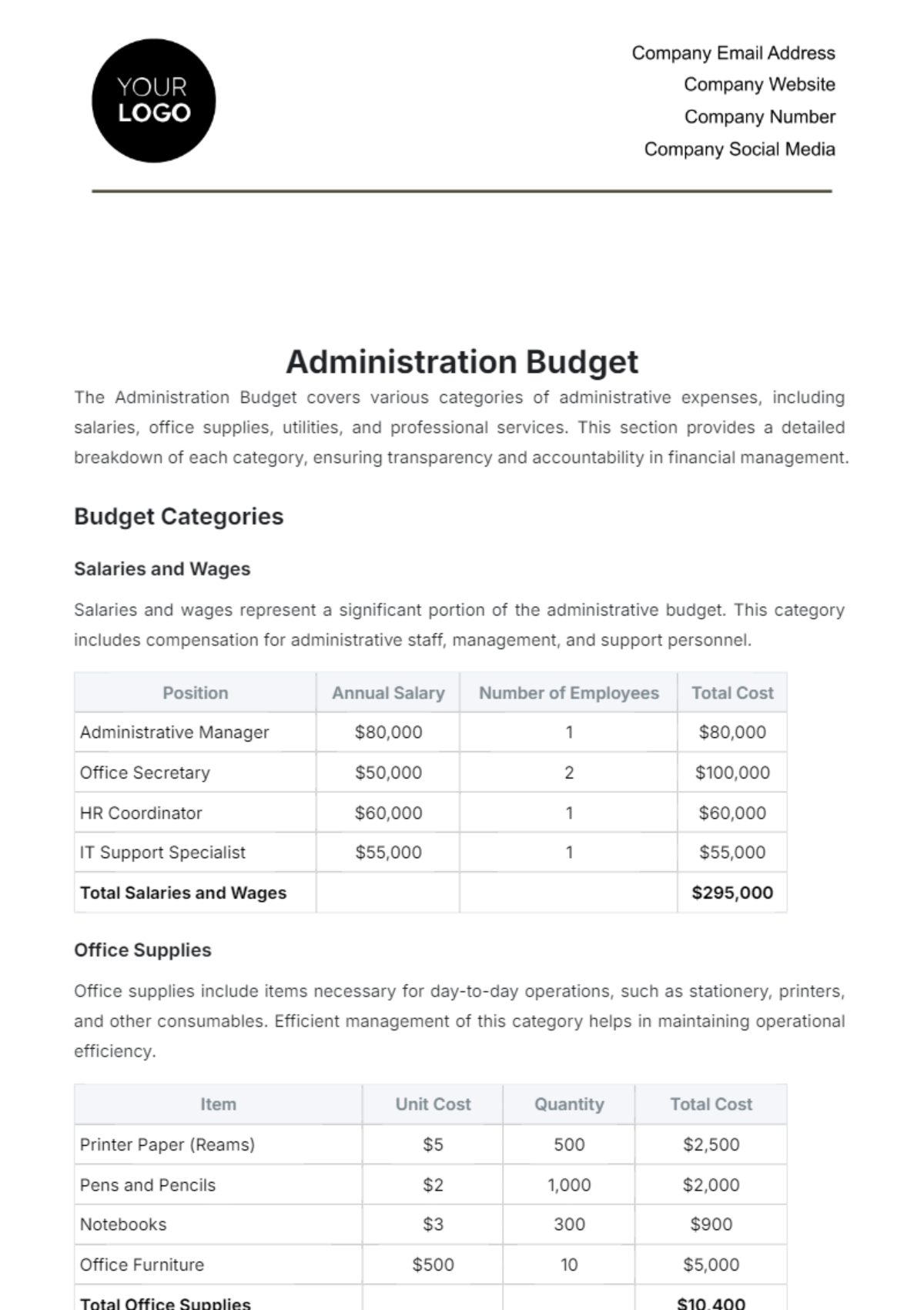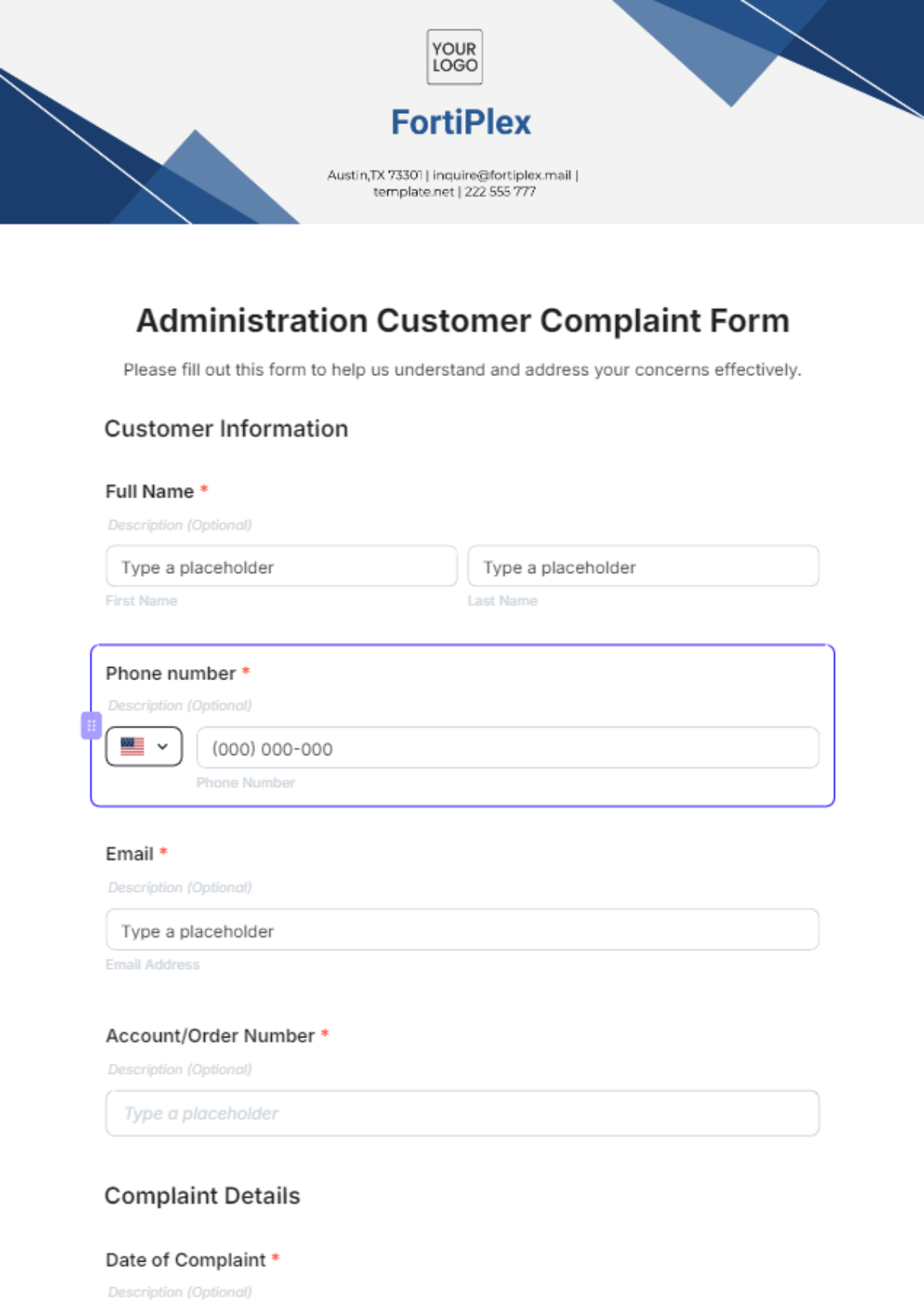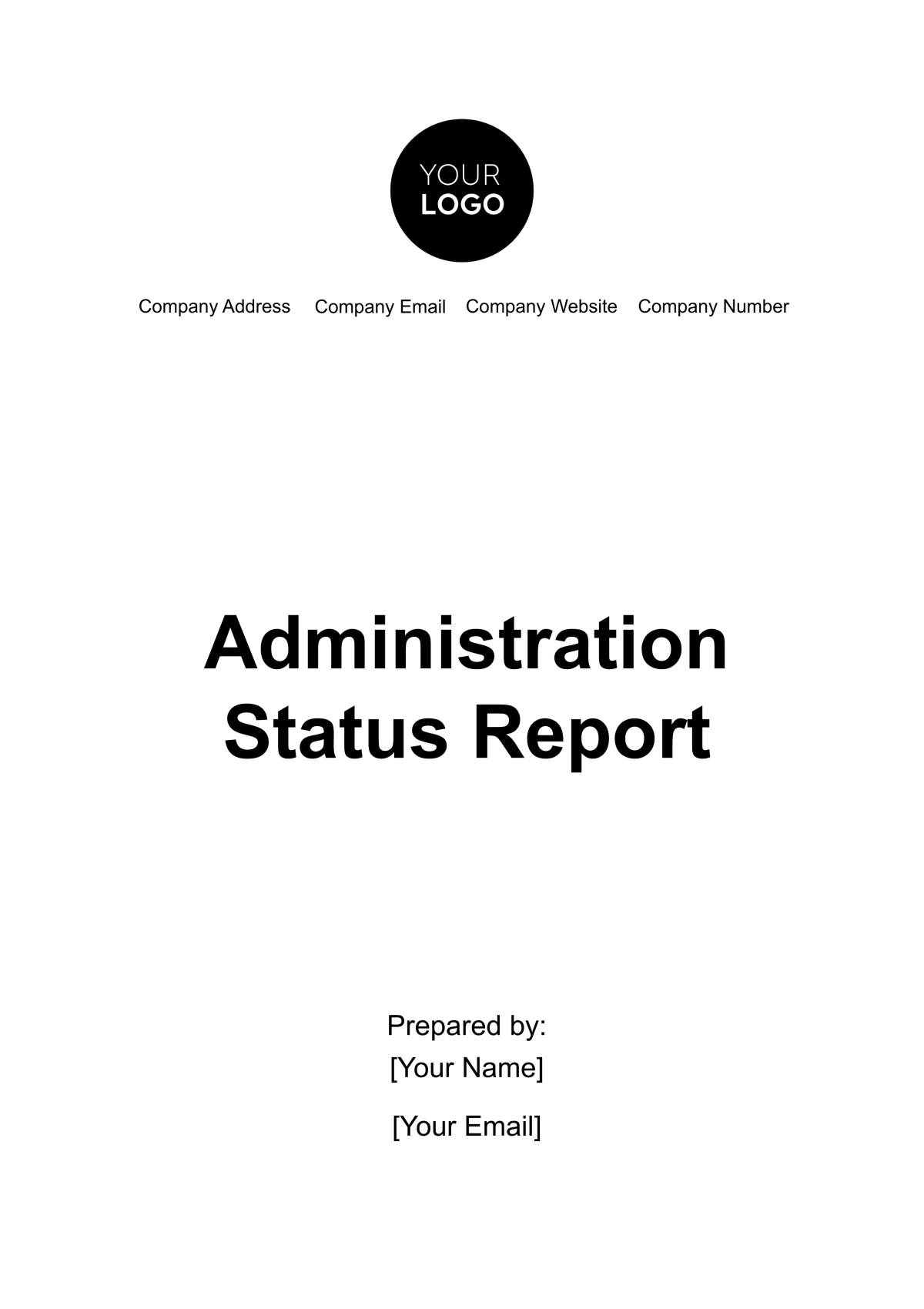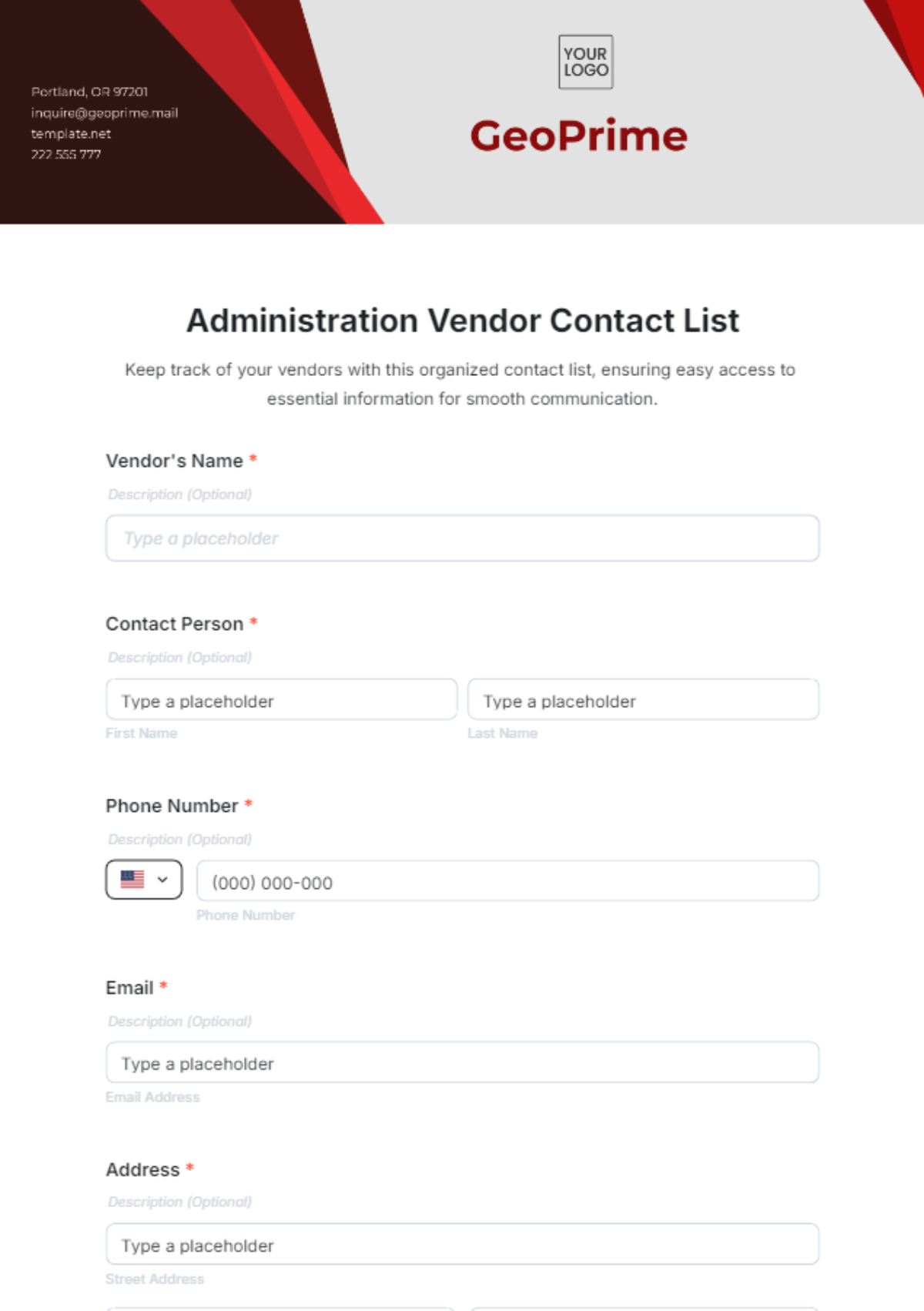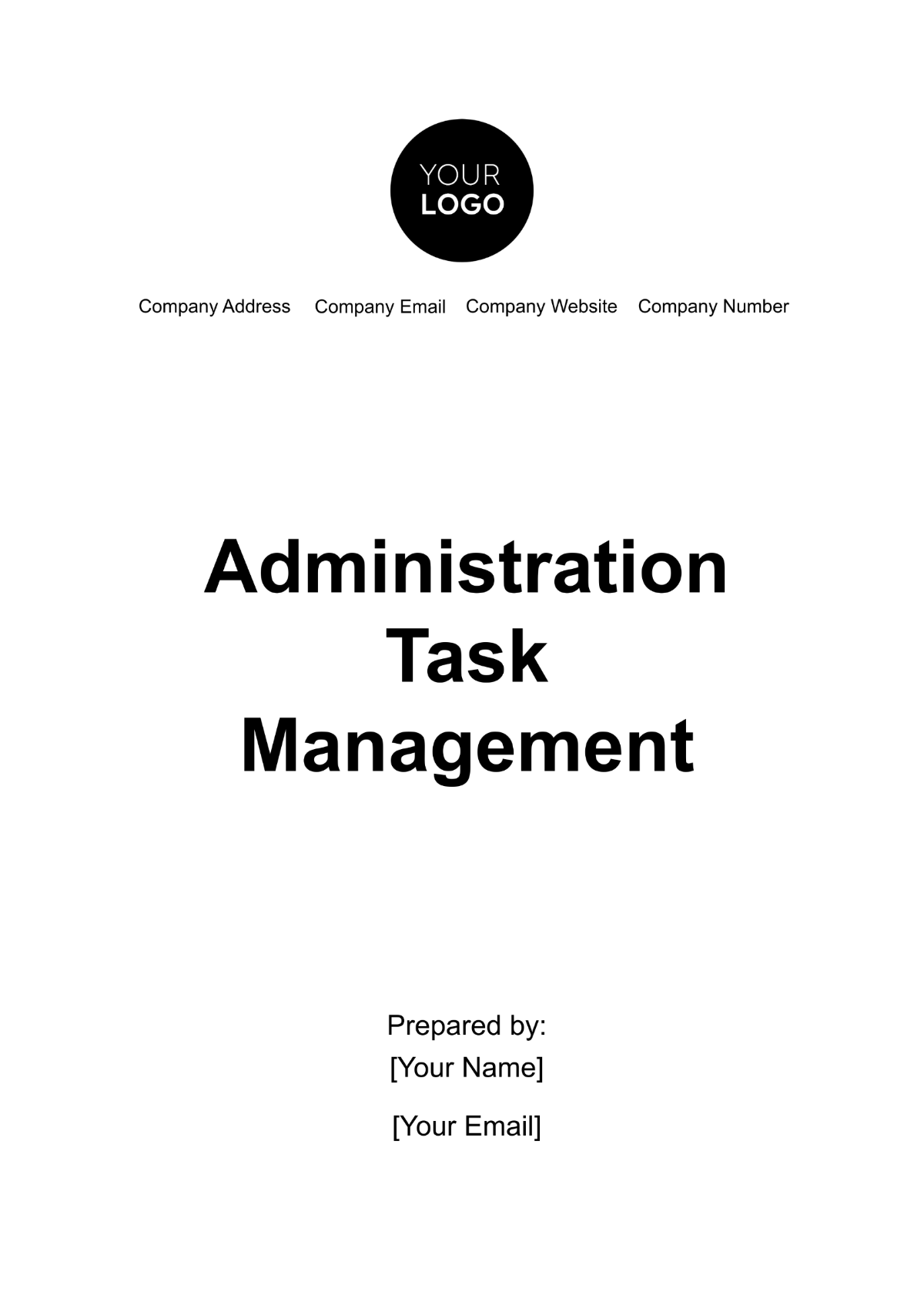A. Introduction and Purpose
Welcome to [Your Company Name]'s Administration Data Privacy Protocol Document. This document serves as a comprehensive guide outlining our commitment to protecting the privacy and security of data entrusted to us. In today's digital landscape, data privacy is paramount, not only for legal compliance but also to maintain the trust of our customers, partners, and stakeholders.
The purpose of this document is to establish clear guidelines and procedures for the handling, processing, and safeguarding of sensitive data within our organization. By adhering to these protocols, we aim to minimize the risk of data breaches, unauthorized access, and other security incidents, thereby upholding the confidentiality, integrity, and availability of data in accordance with US laws and standards.
B. Definitions
In this section, we provide definitions for key terms and concepts essential for understanding our Administration Data Privacy Protocol Document. Clarity and consistency in terminology are crucial for effective implementation and communication of our data privacy practices.
Personal Data: Refers to any information that relates to an identified or identifiable individual, as defined by US data privacy laws such as the California Consumer Privacy Act (CCPA) and the General Data Protection Regulation (GDPR).
Sensitive Data: Includes any data that, if compromised, could result in harm to individuals or the organization, such as financial information, health records, Social Security numbers, and biometric data.
Data Controller: The entity responsible for determining the purposes and means of processing personal data, typically [Your Company Name].
Data Processor: An entity that processes personal data on behalf of the data controller, following the controller's instructions and under a contractual agreement.
Data Subject: The individual to whom the personal data pertains, who can be identified or identifiable.
Consent: The voluntary agreement by the data subject to the processing of their personal data for specified purposes, often required under privacy regulations.
Data Breach: Any unauthorized access, disclosure, or loss of personal data, requiring prompt notification to affected individuals and regulatory authorities.
Encryption: The process of converting data into a code to prevent unauthorized access, ensuring data confidentiality during transmission and storage.
Data Retention: The practice of storing data for a specified period, based on legal, regulatory, or business requirements, and securely disposing of it afterward.
Data Protection Officer (DPO): A designated individual responsible for overseeing data protection strategies, compliance efforts, and communication with regulatory authorities, if applicable.
C. Data Classification
Data classification is essential for implementing appropriate security measures and access controls to protect sensitive information. In this section, we categorize data based on its sensitivity level, guiding our employees on how to handle and secure different types of data effectively.
Data Classification | Description | Security Measures | Access Controls |
|---|---|---|---|
Public | Information intended for public consumption | Basic security measures | Open access, minimal restrictions |
Internal Use Only | Information for internal business operations | Limited access to authorized personnel | Restricted access within the organization |
Confidential | Sensitive information requiring protection | Encryption, access controls, monitoring | Restricted access based on need-to-know |
Highly Confidential | Critical data requiring highest level of security | Encryption, restricted access, regular audits | Limited access to authorized personnel |
D. Data Handling Procedures
Effective data handling procedures are vital for maintaining the confidentiality, integrity, and availability of sensitive information. This section outlines the steps for securely managing data throughout its lifecycle, from collection to disposal, ensuring compliance with privacy regulations and minimizing the risk of unauthorized access or data breaches.

E. Access Controls and Authentication
Access controls and authentication mechanisms play a crucial role in safeguarding sensitive data from unauthorized access. This section outlines our protocols for controlling access to data, ensuring that only authorized individuals can view, modify, or delete information, thus minimizing the risk of data breaches and ensuring compliance with privacy regulations.
User Authentication: Require users to authenticate their identity using strong, multi-factor authentication methods such as passwords, biometrics, or security tokens before accessing sensitive data.
Implement password complexity requirements and regular password updates to enhance security.
Utilize biometric authentication technologies, such as fingerprint or facial recognition, for added security layers.
Role-Based Access Controls (RBAC): Assign permissions and access levels to users based on their roles and responsibilities within the organization.
Define roles and associated permissions accurately to ensure least privilege access.
Regularly review and update role assignments to align with changes in job roles or responsibilities.
Monitoring of Access Logs: Continuously monitor access logs and audit trails to detect and investigate unauthorized access attempts or suspicious activities.
Implement automated monitoring tools to track user activities and identify anomalies in real-time.
Conduct regular audits of access logs to ensure compliance with access control policies and regulations.
F. Data Security Measures
Data security is paramount to safeguarding sensitive information from unauthorized access, alteration, or disclosure. This section outlines the technical and organizational measures implemented by [Your Company Name] to ensure the integrity, confidentiality, and availability of data, in compliance with industry standards and regulatory requirements.
Encryption: Utilize encryption protocols to secure data both in transit and at rest, ensuring that only authorized parties can access and decipher the information.
Implement strong encryption algorithms such as AES (Advanced Encryption Standard) for data protection.
Encrypt sensitive data stored in databases, file systems, and cloud storage solutions.
Firewalls: Deploy firewalls to monitor and control incoming and outgoing network traffic, preventing unauthorized access and malicious attacks.
Configure firewalls to filter network packets based on predefined security rules and policies.
Regularly update firewall configurations to address emerging threats and vulnerabilities.
Intrusion Detection Systems (IDS): Implement IDS to detect and respond to suspicious activities or potential security breaches in real-time.
Utilize network-based IDS to monitor network traffic and identify anomalies indicative of unauthorized access or malicious behavior.
Deploy host-based IDS on critical systems to monitor for suspicious activities and unauthorized access attempts.
Regular Security Audits: Conduct periodic security audits and assessments to evaluate the effectiveness of security controls and identify areas for improvement.
Perform vulnerability assessments to identify and remediate security weaknesses in systems and applications.
Conduct penetration testing to simulate real-world attacks and validate the resilience of our security defenses.
G. Data Privacy Compliance
[Your Company Name] is dedicated to upholding the highest standards of data privacy and protection. This section articulates our commitment to adhering to pertinent data privacy laws, regulations, and industry standards, ensuring the rights and privacy of individuals are respected.
GDPR Compliance: [Your Company Name] complies with the General Data Protection Regulation (GDPR) requirements, ensuring lawful and transparent processing of personal data, and respecting individuals' rights to privacy and data protection.
CCPA Compliance: [Your Company Name] adheres to the California Consumer Privacy Act (CCPA), providing consumers with transparency and control over their personal information, and implementing mechanisms to fulfill CCPA obligations.
HIPAA Compliance: [Your Company Name] ensures compliance with the Health Insurance Portability and Accountability Act (HIPAA), safeguarding the privacy and security of protected health information (PHI), and maintaining confidentiality and integrity in healthcare data handling processes.
H. Data Breach Response Plan
Despite robust security measures, data breaches can occur. It's crucial to have a comprehensive response plan in place to mitigate the impact and protect affected individuals. This section outlines the steps [Your Company Name] will take in the event of a data breach, ensuring a swift and coordinated response to minimize damages and uphold transparency.

I. Employee Training and Awareness
Employee training and awareness are critical components of our data privacy strategy. We are committed to providing comprehensive training programs and awareness initiatives to ensure all employees understand their roles and responsibilities in protecting sensitive information.
Training Programs: [Your Company Name] offers regular training sessions on data privacy best practices, covering topics such as data handling procedures, security measures, and compliance requirements.
Awareness Initiatives: We conduct ongoing awareness campaigns to keep employees informed about emerging threats, recent data breaches, and the importance of data privacy in their day-to-day activities.
Consequences of Non-Compliance: Employees are educated about the potential consequences of non-compliance with data privacy policies, including legal penalties, reputational damage, and financial losses for the organization.
J. Monitoring and Enforcement
Effective monitoring and enforcement mechanisms are essential for maintaining compliance with our data privacy protocol and ensuring the integrity of our data protection practices.
Regular Audits: [Your Company Name] conducts regular audits and assessments to evaluate the effectiveness of our data privacy measures and identify areas for improvement.
Compliance Monitoring: We employ continuous monitoring tools and processes to track compliance with data privacy policies and regulations, promptly identifying and addressing any deviations.
Disciplinary Actions: Violations of data privacy policies are subject to disciplinary actions, including warnings, retraining, suspension, or termination, depending on the severity and recurrence of the offense.
Continuous Improvement: We are committed to continuous improvement in our data protection practices, incorporating feedback from audits and assessments to enhance our protocols and adapt to evolving threats and regulatory requirements.

